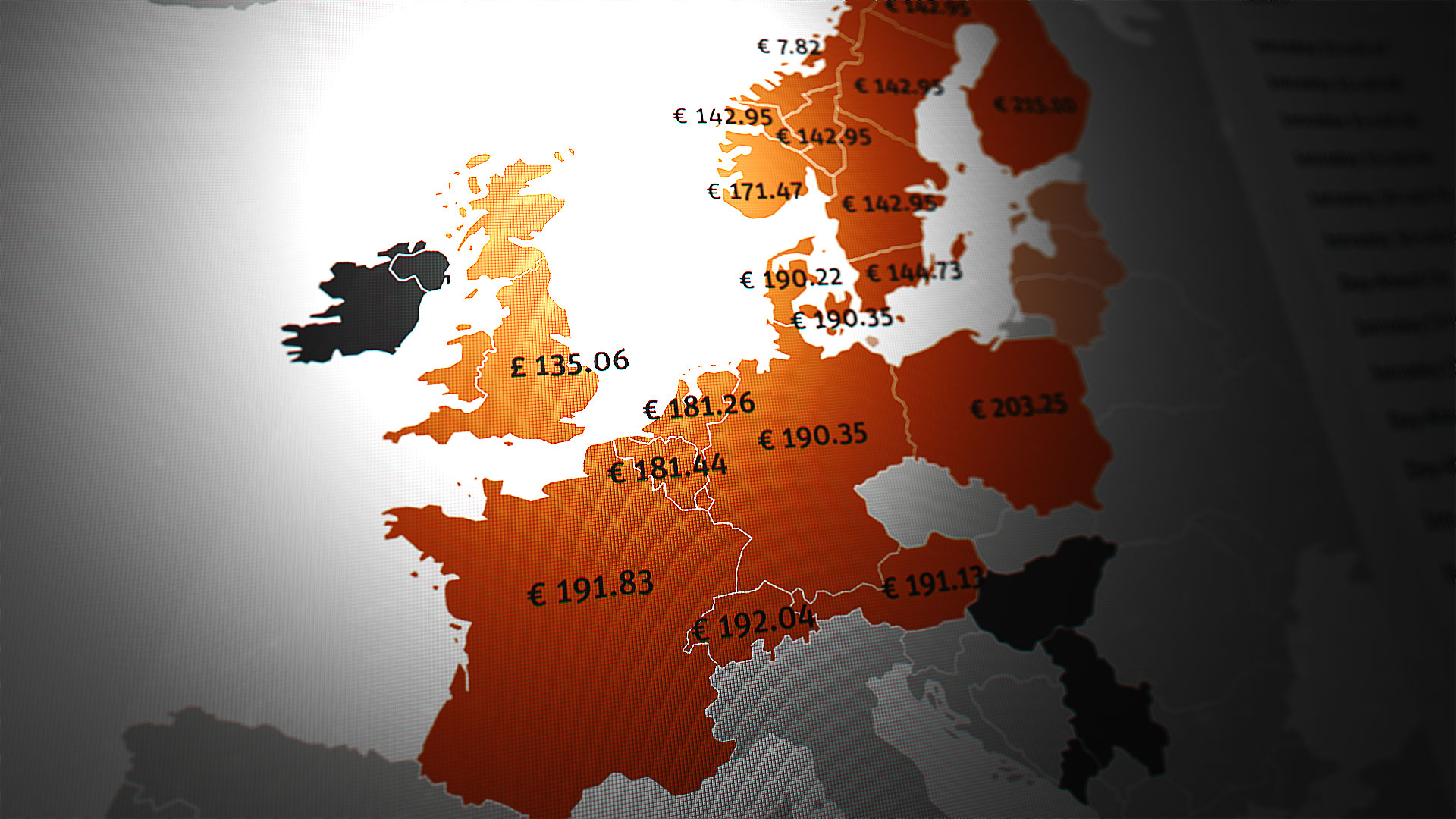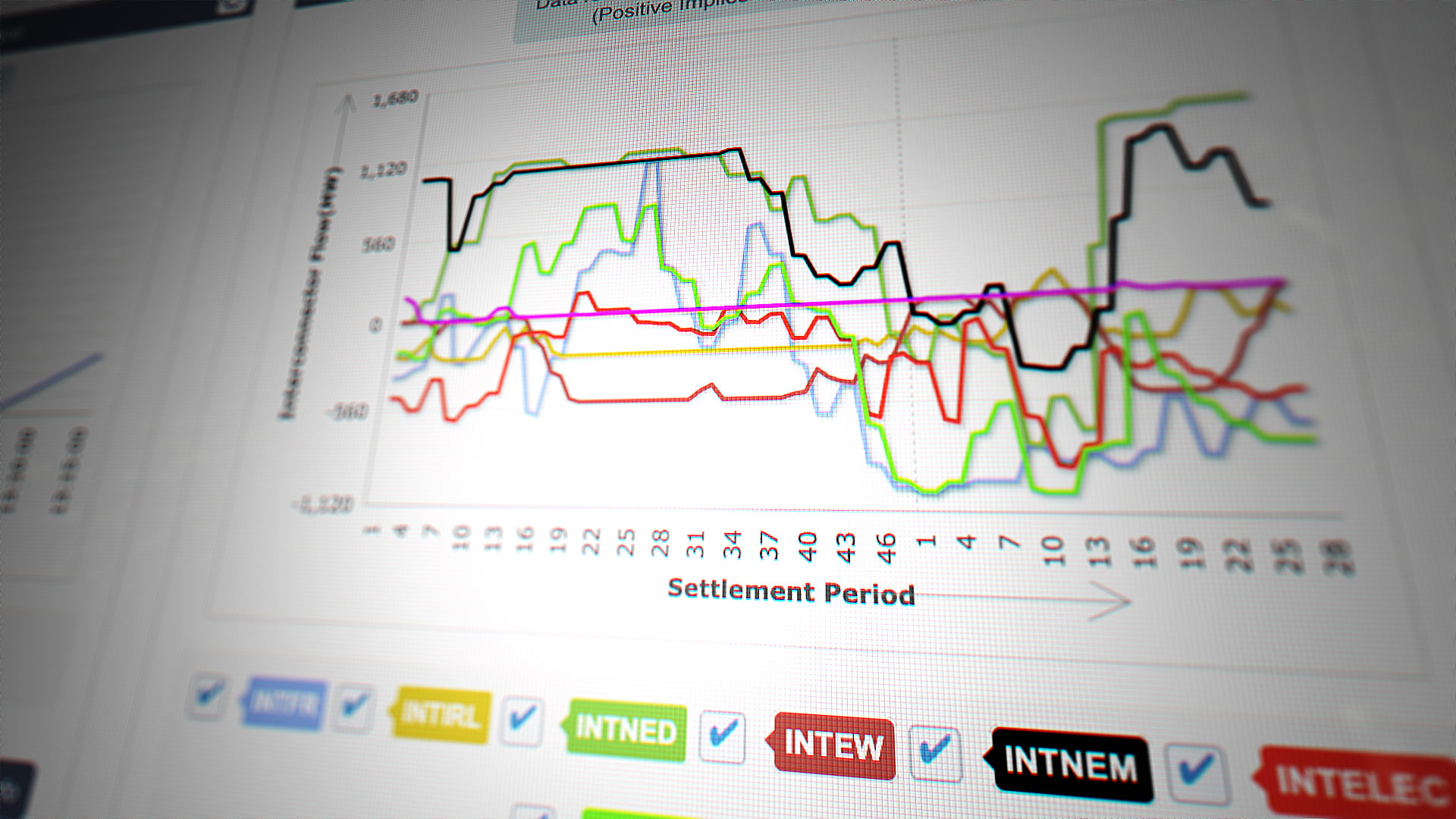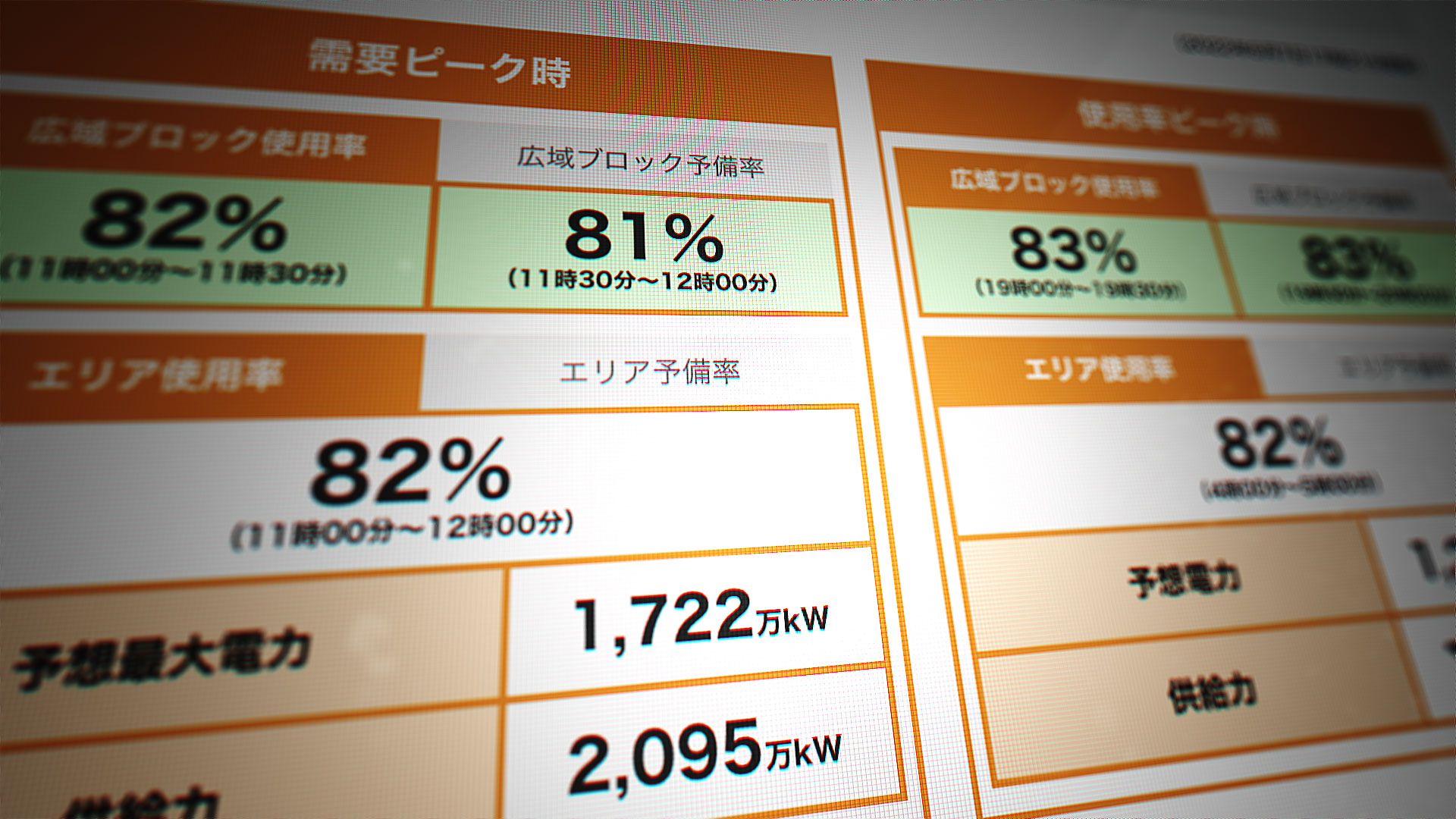The U.S. power market
One of our pillars in traded MWh and earnings
The U.S. power market consists of several markets and are thus the largest electricity market in the world. Large parts of the US market are organized in so-called ISOs (Independent System Operators). They regulate both the day-ahead markets as well as the real-time market.
The U.S. power market is where Yggdrasil traded its first MWh, and today it is an important part of our daily activities. We are trading in all the U.S. ISOs i.e., CAISO in California, MISO and SPP in the Mid-West, ERCOT in Texas and PJM ISO-NE, NYISO on the East Coast.
Virtuals
Participants like Yggdrasil who are neither producing nor consuming power are trading so-called “virtuals”. It is in fact a two-sided financial exchange. We bid into the day-ahead market and make the opposite trade in the real-time market. In other words, we bet if the real-time price will be higher or lower than the day-ahead price. This U.S. way of power trading supports the market in two ways: Firstly, it adds required liquidity to the market and secondly, the virtual trades help reduce the price gap between real-time and day-ahead prices.
Nodal market
The U.S. electricity markets use a so-called Nodal system to figure out the price and flow of electricity. A node is a predetermined point within the transmission system and is usually set at a point where electricity is generated or consumed.
By dividing the power markets into nodes, you get a lot of different electricity prices within each market. For example, PJM, one of the US ISOs serves 65 million people, roughly corresponding to the population in France. The French power market has one single price area whereas there are over 11,000 nodes in PJM. 11,000 nodes mean 11,000 different price points.
US Interconnections
The U.S. market consists of three grid interconnections each of them working separately and thus being unable to smooth out imbalances between each other.
-
The Eastern Interconnection reaches from Central Canada eastward to the Atlantic coast (excluding Quebec), south to Florida, and back west to the foot of the Rockies (excluding most of Texas). The Eastern Interconnection reaches beyond the US into Canada because both countries wanted to work together as closely as possible when the electrification of the US East Coast started.
-
The Western Interconnection stretches from Western Canada south to Baja California in Mexico, reaching eastward over the Rockies to the Great Plains. The reason for including part of Baja California into the US Western Interconnection is that the electrification was closer to the US power grid than the Mexican Grid of that time.
-
The Texas Interconnection or ERCOT Interconnection covers most of the state of Texas. It is a small interconnection and has the potential to be extremely volatile. A challenging example was the snowstorm in February 2021 where prices peaked at $9,000 per MWh for days.









